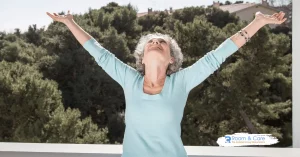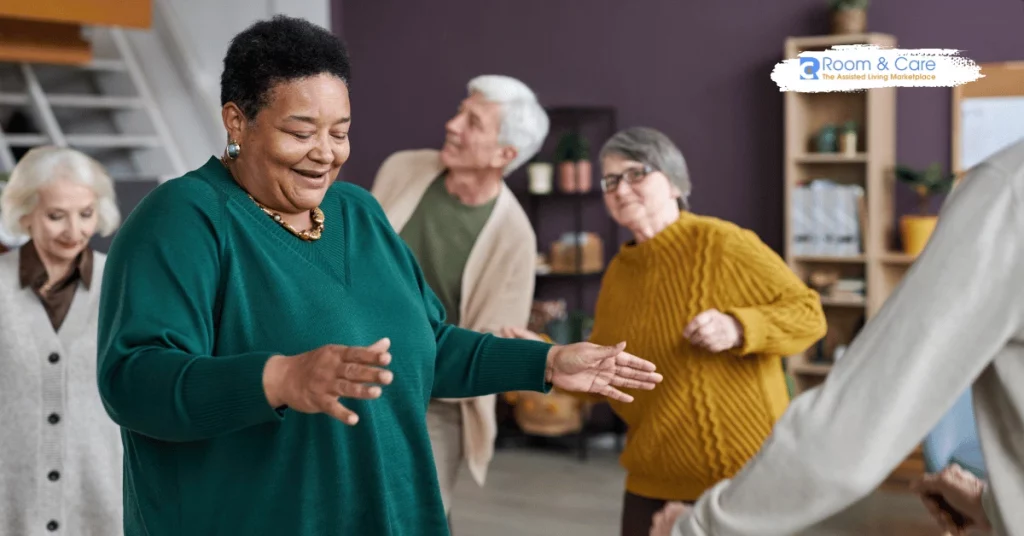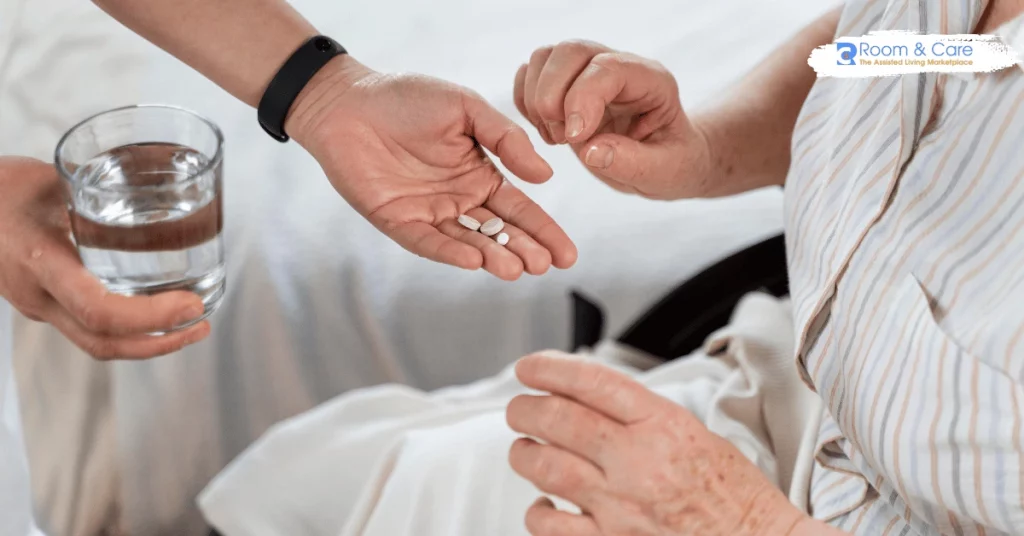

Daily living activities are at the heart of everyone’s day, providing structure and ensuring well-being. For seniors, these essential routines—referred to as activities of daily living (ADLs) and instrumental activities of daily living (IADLs)—are especially significant as they influence independence, quality of life, and overall health. As age and health change, assistance with these daily routines may be necessary to support seniors in their daily lives, making the role of caregivers and senior living communities essential. This guide will explore what daily living activities involve, key considerations, the impact of senior care facilities, and tips to enhance daily living for seniors.
Daily living activities encompass the routine tasks essential for a safe, healthy, and productive life. These activities are grouped into two main categories:
Each aspect of ADLs and IADLs contributes to maintaining independence. However, as physical or cognitive abilities change, these tasks may require additional support. Understanding these activities helps families assess their loved one’s needs, identify areas where assistance is necessary, and find appropriate solutions.
Daily living activities are a measure of functional health. A senior’s ability to complete ADLs and IADLs can indicate their overall health status and is often used by healthcare professionals and caregivers to assess whether independent living is safe or if support is required. For example, the inability to dress, prepare meals, or manage medications can be signs of underlying health issues, which makes it critical to monitor these tasks. Supporting seniors in these activities is essential to promoting their dignity, independence, and quality of life.
Good hygiene is fundamental for health and self-confidence. For seniors, personal care tasks such as bathing, grooming, and dressing may require additional assistance due to limited mobility or dexterity. Adult family homes and assisted living facilities often provide personalized support for residents who need assistance with hygiene, ensuring they maintain their health while preserving their dignity.
Moving safely within one’s environment is crucial for seniors. Mobility issues, common in aging, can lead to falls and injuries, which makes navigating daily routines challenging. Transfers, or the ability to move from one position to another, like from bed to a chair, are especially important. Senior living facilities are often designed with safety features—such as grab bars, non-slip flooring, and spacious layouts—to support residents in moving safely within their living spaces.
Eating well is foundational to good health, but cooking and even eating independently can be challenging for seniors. Assisted living facilities and adult family homes typically provide meal preparation and dining services, ensuring that residents receive balanced and nutritious meals every day. This also takes away the stress of meal planning and preparation, especially for seniors with dietary restrictions.
Managing medications correctly is vital, but it’s often challenging when multiple prescriptions and schedules are involved. Missing doses or taking incorrect amounts can lead to health complications, making medication management a critical area of support for many seniors. Assisted living facilities offer medication management services, ensuring residents take their medications safely and on time, reducing risks of potential health issues.
Engaging in social and cognitive activities enhances mental health and prevents loneliness. Daily living activities that encourage social connections are critical for emotional well-being. Many senior living communities offer programs and events that promote socialization, group activities, and even hobby-related sessions, which help residents stay mentally active and socially engaged. Cognitive engagement through activities like reading, puzzles, and games can also slow cognitive decline and contribute to overall happiness.

Senior living communities offer various levels of support to help residents manage their daily living activities, each suited to individual needs:
Nursing homes provide 24/7 skilled care, particularly beneficial for seniors with complex medical needs or those who require high levels of assistance with ADLs. Staff are trained to offer comprehensive care, assisting with bathing, dressing, toileting, and other essential tasks, ensuring that all residents’ physical and medical needs are met with the highest standards of support.
For seniors who are mostly independent but need some assistance with certain daily living activities, assisted living facilities offer a balanced approach. Residents receive help with tasks like dressing, meal preparation, and medication reminders, allowing them to maintain their independence with the reassurance of support when needed. Many facilities also provide social programs, fitness classes, and outings, which enhance quality of life.
Adult family homes are small, intimate care settings, often accommodating only a few residents. These homes offer a personalized approach to care, with staff available to assist with ADLs and other support services. Adult family homes are ideal for seniors seeking a home-like environment with close supervision, personal attention, and companionship.
For seniors with cognitive impairments like dementia or Alzheimer’s, memory care facilities offer specialized support designed to enhance safety, routine, and comfort. These facilities provide tailored activities to engage memory and encourage routine, helping residents maintain a sense of familiarity and security.
Understanding a senior’s ability to manage daily living activities helps in determining the appropriate level of care. Here are some factors to consider:
Mobility, balance, and physical health impact a senior’s ability to complete ADLs independently. Conditions such as arthritis, Parkinson’s disease, or limited vision may make tasks like dressing, bathing, and even eating challenging. Assessing physical health can help in determining if additional support is necessary or if certain safety modifications in the home are needed.
Cognitive decline impacts IADLs and certain ADLs. For example, seniors with memory challenges may forget to take medications or manage finances properly. When cognitive health starts to impact daily routines, it may be time to explore senior living communities or in-home care to ensure safety.
Maintaining connections with others is vital for emotional well-being. Seniors who lack social interaction are at higher risk of loneliness and depression. Living environments that encourage socialization—such as assisted living facilities with group dining and activity programs—can significantly enhance mental health.
The cost of support can vary widely, depending on the level of care required. Assisted living may be more affordable for those needing help with only a few daily living activities, while nursing homes generally involve a higher cost due to their comprehensive medical care. Comparing options based on budget, level of support, and long-term care insurance coverage can aid in making informed decisions.
Ensuring seniors have support with daily living activities—whether at home or in a care community—can enhance their quality of life. Here are some practical strategies:

What are examples of daily living activities?
Examples include dressing, bathing, eating, using the toilet, and transferring (such as moving from a chair to bed). These foundational tasks allow individuals to maintain health and dignity.
How do I know if a loved one needs help with daily living activities?
If a loved one struggles with hygiene, forgets to eat, misses medications, or has mobility issues, they may benefit from assistance with daily living activities.
What is the difference between ADLs and IADLs?
ADLs refer to essential self-care tasks, like bathing, while IADLs are more complex and involve tasks that allow for independent living, like managing finances or shopping.
Where can I find senior living options that support daily living activities?
There are many senior living communities, including nursing homes, assisted living facilities, and adult family homes. Room and Care is a resource that connects families with senior care communities, offering direct access to trusted options with no referral fees.
Daily living activities are the foundation of an individual’s well-being, especially for seniors. Recognizing a loved one’s needs in these areas can help families decide on the best form of support, whether through in-home care, assisted living, or other senior living arrangements. Room and Care offers a streamlined directory of senior living communities, connecting families directly with trusted facilities, allowing for a smooth and simple decision-making process.
By considering factors such as health, cognitive function, social needs, and budget, families can make informed choices that enhance the quality of life for their loved ones. To find the right support for daily living activities, visit Room and Care today and explore senior care options designed to meet every unique need.